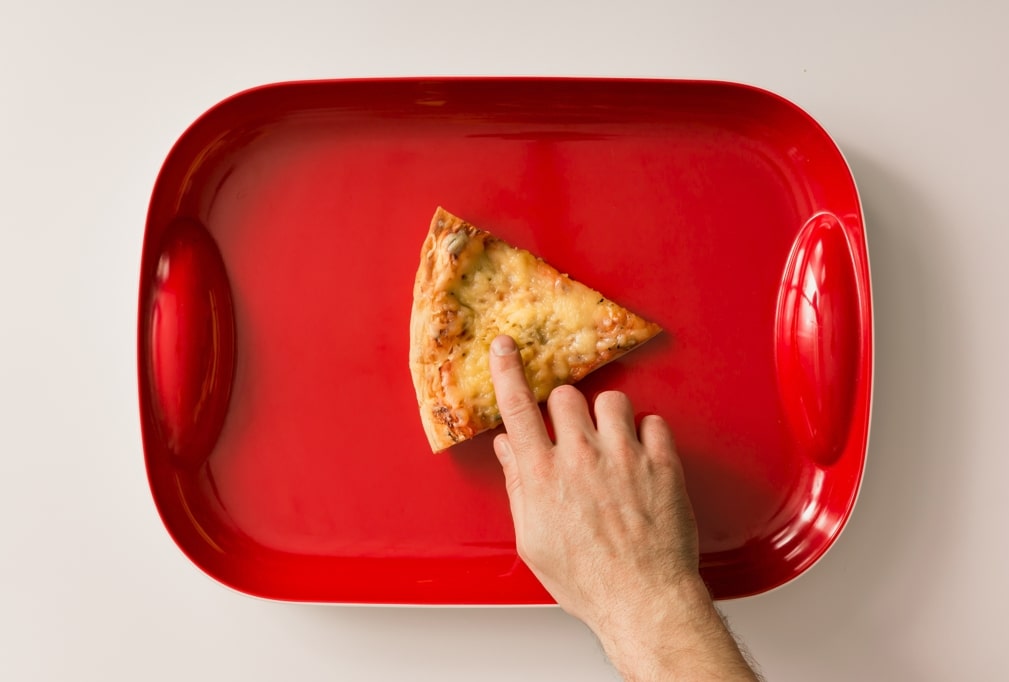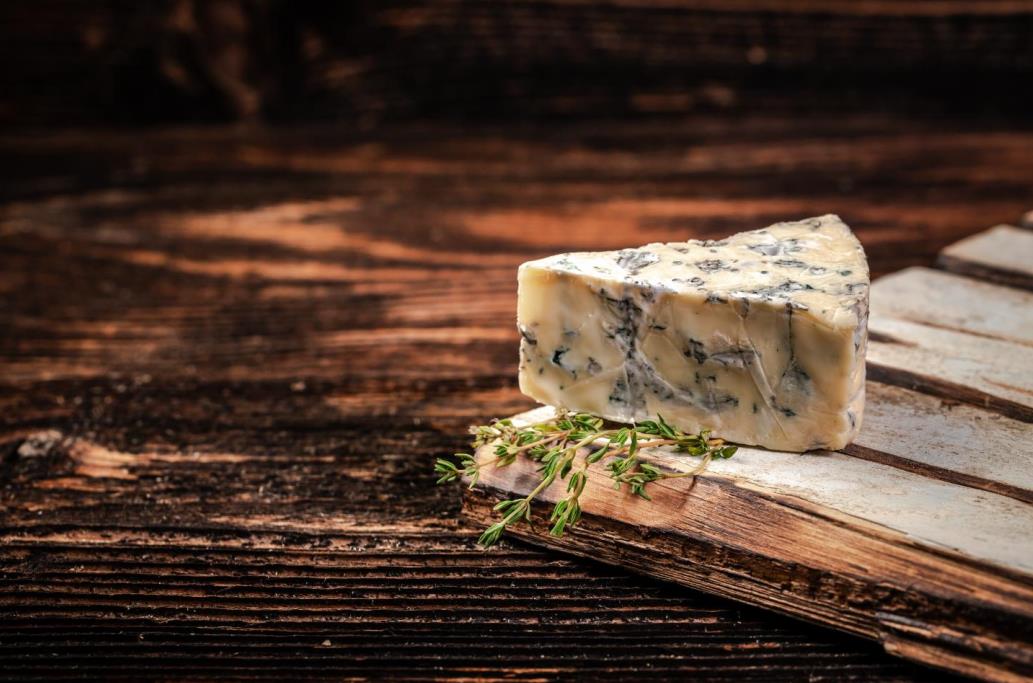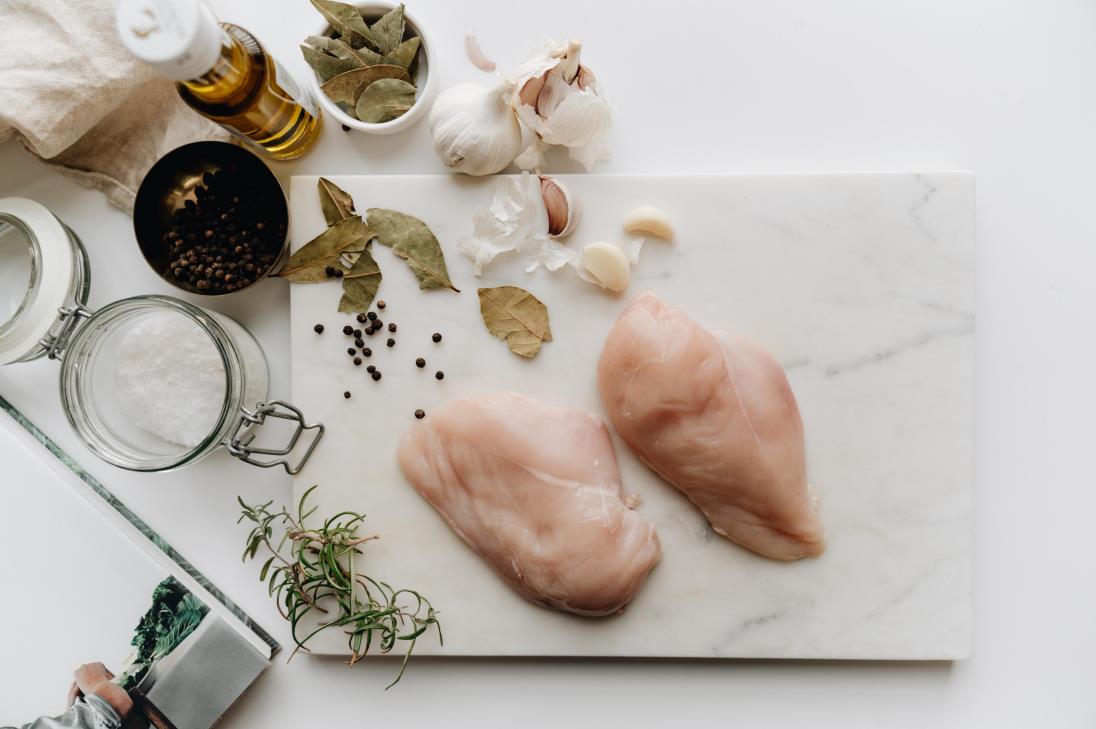Something about wooden utensils that makes them so unique is they can last for generations with proper care. Oiling is one of the many methods you can use to prolong the lifespan of your cutting board. Not only does it keep the wood from drying out and cracking, but it also helps protect it from absorbing food odors and stains.
Understanding how to oil a cutting board is the key to maintaining its beauty and function. The process involves using food-grade mineral oil and taking the time to rub it properly into the wood. Allow the board to absorb the oil then air dry it for a day or two before using the board.
Regularly oiling coupled with proper cleaning and storing techniques will keep your cutting board looking and performing like new for years to come. This article has more information on why you should oil your cutting board and also provides a detailed step-by-step guide on how you should do it.
Table of contents
Why should you oil a cutting board?
Wooden cutting boards are beautiful, durable, and an essential kitchen tool. Over time, however, they can become dry, cracked, and stained due to a lack of proper care. Oiling a cutting board helps to prevent these issues by replenishing the wood’s natural oils and creating a barrier against moisture.
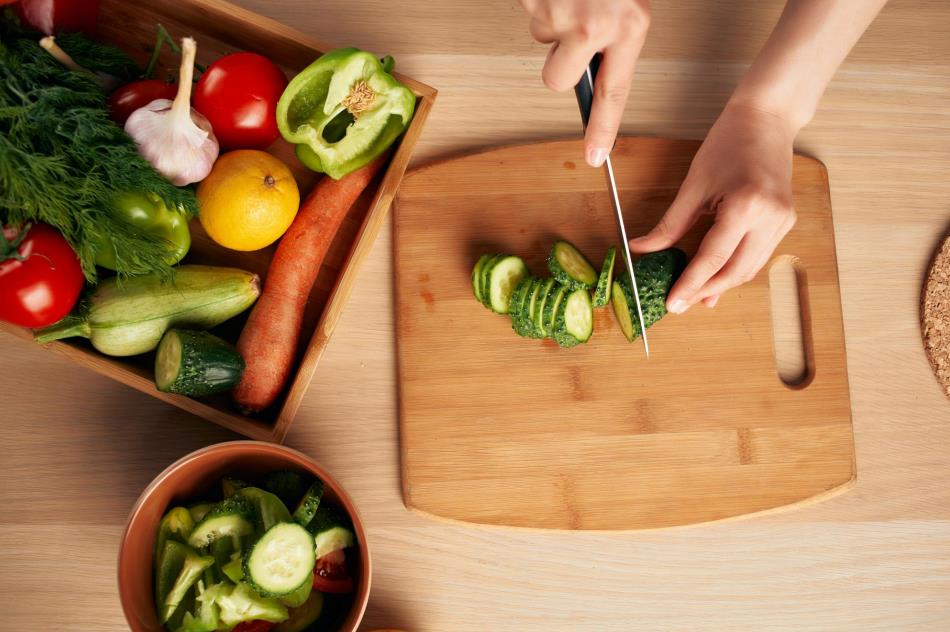
When the wood fibers in your cutting board become dry, they can start to separate and splinter. Not only does this make the board more likely to suffer further damage, but it can also be dangerous if you cut yourself on a jagged edge. Oiling the board helps to prevent this by keeping the fibers moist and supple.
Another common issue with wood cutting boards is they can start to absorb food odors and stains through their pores. Oiling the board creates a barrier that prevents this from happening.
In addition to these practical benefits, oiling your cutting board also helps to keep it looking its best. The wood sucks up the oil, giving it a deep, rich luster that brings out the grain’s natural beauty. Even with regular use, an oiled cutting board will look great for years.
How to oil a cutting board?
Nothing about oiling a cutting board is complicated, but there are a few things to remember to ensure you do it correctly.
How to choose oil/preparing tools
Cutting boards are kitchen tools, so it’s essential to use a food-safe oil that won’t go rancid or impart unwanted flavors. The best oils for cutting boards are liquid at room temperature, have a high smoke point, and are rich in monounsaturated fats. Avoid using vegetable oil, avocado, canola oil, olive oil, butter, and margarine; they go rancid quickly.
Given the different oil brands and types available, picking the right one for your cutting board can be confusing. However, most experts agree that mineral oil is the best option. It’s inexpensive, flavorless, and has a very high smoke point. It doesn’t go bad fast as other oils; plus, it’s easy to find at your local or home improvement store.
Other tools you’ll need when oiling your cutting board include:
- A clean, lint-free cloth: Use an old t-shirt or a coffee filter.
- Paper towels or a clean dish towel: You’ll need these to wipe up any excess oil.
- Mild dish soap: You only need this if your cutting board is extra dirty.
- Kosher salt and lemon: It helps to deodorize the board if it’s started to absorb food odors.
Step-by-Step Instruction

Below is a detailed step-by-step guide on oiling your cutting board.
1. Clean your cutting board: Your cutting board may look clean but is probably covered in invisible bacteria. The first step in oiling your board is cleaning it well. Clean your board with hot water and soap, then rinse it with clean running water.
2. Dry your cutting board: Let the board air dry, or dry it with a clean dish towel. If you have time, it’s best to let the board sit overnight so it’s completely dry before oiling. Don’t skip this step because if the board is even slightly damp, the oil won’t be able to penetrate properly, and your board will likely develop mold.
3. Apply the oil: Pour a generous amount of oil onto your clean, dry cutting board. Use enough that the wood is saturated but not so much that it starts to pool. Six or seven tablespoons is usually enough for a standard-sized cutting board.
4. Spread the oil: Use a clean, lint-free cloth or paper towel to spread the oil over the entire surface of the board, making sure to get into all the cracks and crevices. Rub the oil in until it’s evenly distributed and there’s no longer any excess pooling.
5. Wipe excess oil: Wait 15-20 minutes for the oil to soak in, then use a clean dish towel to wipe away any excess. If your cutting board is particularly dry, you may need to repeat steps three to five until the board is well-oiled.
7. Air-dry the board: The last step is to let the board air dry completely before use. Leave it on its side or propped up so all the oil can soak in. Once it dries, wipe off any excess oil and dust trapped in the wood grain and store it in a cool, dry place.
Handpicked for you
True cutting power in the palm of your hand
Other cleaning/maintenance methods for cutting boards
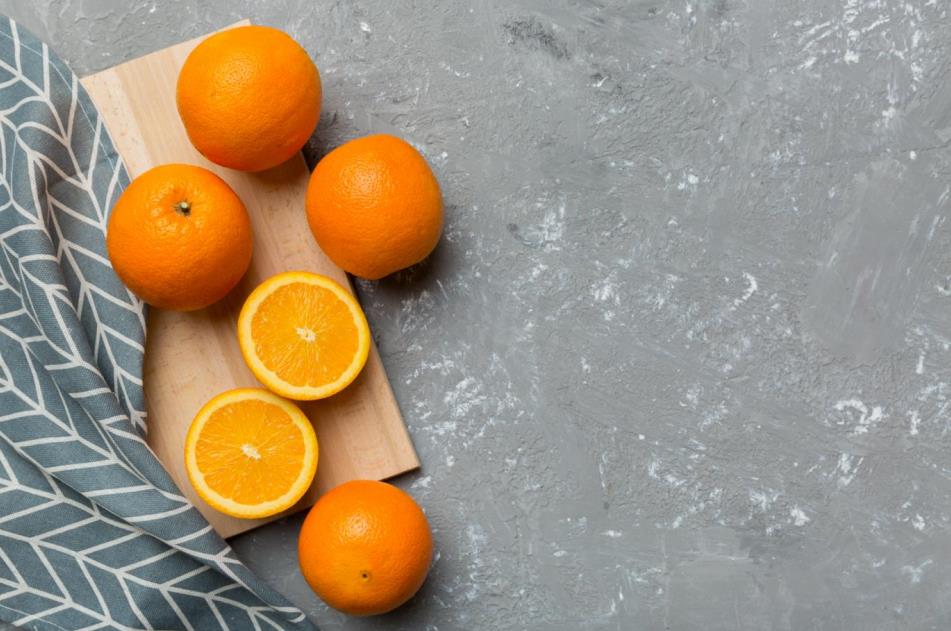
Besides oiling, you can use a few other methods to ensure a lasting cutting board.
- Disinfecting the cutting board: You should disinfect your cutting board any time it comes into contact with raw meat, poultry, or fish. To do this, mix a tablespoon of bleach per gallon of water and scrub the board with the solution. Rinse it off with running water and let it air dry or pat dry with a clean dish towel
- Removing unwanted odors: If your cutting board has started to absorb food odors, you can deodorize it with kosher salt mixed with lemon juice. Sprinkle the board with salt and rub lemon juice over the surface.
- Resurfacing wooden cutting boards: Another worthy cutting board care instruction is to resurface the board every few years. Resurfacing involves sanding down the board to remove dirt, grime, and stains. You can use a board cream or oil to restore the board’s natural moisture and protect it from drying out.
FAQs
How often should you oil a cutting board?
Oil you cutting board at least once a month, or more often if it starts to look dry. If you use your board frequently or cut acidic foods, you may need to oil it more often. Pour three or four drops of water onto the surface to check if your board requires oiling. If the water stays on top of the wood and forms beads, it’s still well-oiled. If the board absorbs the water or leaves a dark mark, it’s time to re-oil.
When to replace a cutting board?
Replace your cutting board when it’s excessively worn or damaged. Check for splits or deep grooves. The board may also start to warp or crack if you don’t take proper care of it. If your cutting board is hardwood, you can usually sand it down and refinish it to extend its life.
Can you use olive oil/corn oil for cutting boards?
It’s not advisable to use olive oil or corn oil as they go rancid quickly. Olive oil and corn oil also have a strong flavor that can transfer to your food. Instead, use food-grade mineral oil or beeswax to protect and extend the life of your cutting board.
Closing
Oiling your cutting board is integral to proper care and maintenance. HDMD hopes that the information detailed in this guide was helpful and informative. Good luck in keeping your cutting board in pristine condition.
Check out our HDMD blog for more information on different cutting boards. You can also visit our store and browse through our selection of high-quality kitchen knives.








